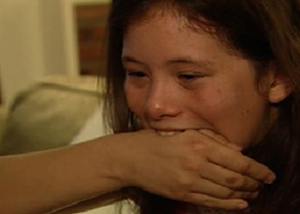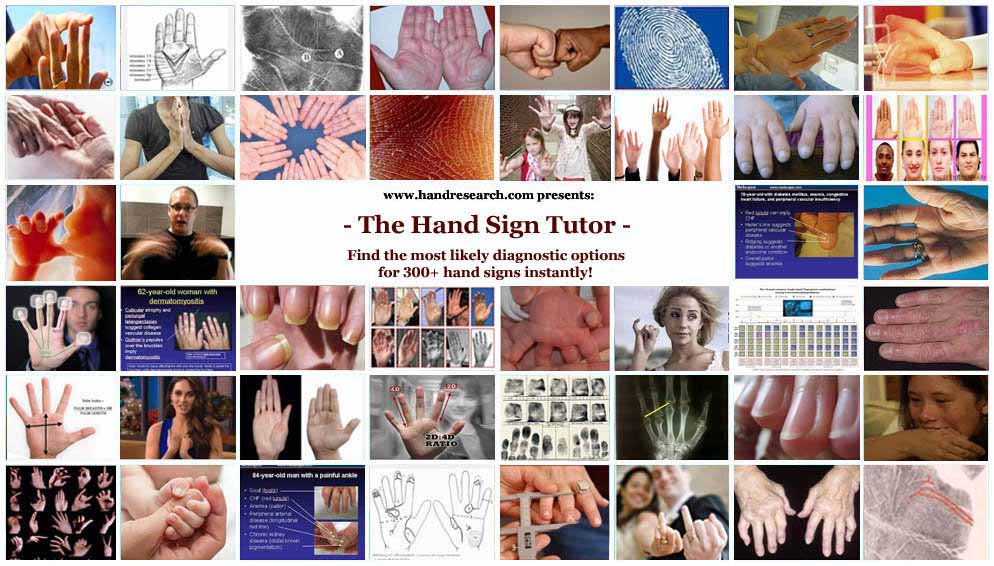Most likely diagnostic options for hand biting - most of the listed conditions below relate to autistic spectrum disorders (ranked by 'weight' for the general population):
- ASSOCIATED PSYCHOLOGICAL CONDITIONS:
• autistic spectrum disorder [~10% | 1:68 | weight: 0,98]
- ASSOCIATED MEDICAL CONDITIONS:
• fragile-X syndrome [~55% | 1:4K | weight: 0,09]
• Cornelia de Lange syndrome [~55% | 1:15K | weight: 0,024]
• Smith Magenis syndrome [~70% | 1:25K | weight: 0,018]
• Rett syndrome [~25% | 1:10K | weight: 0,016]
• Prader-Willi syndrome [~17% | 1:15K | weight: 0,004]
• stereotypic movement disorder [?% | 1:30 | weight: ?]
• sensory integration disorder (SID) [?% | 1:5K | weight: ?]
• other: cerebral palsy/epilepsy
[1st figure = prevalence hand sign in condition | 2nd
figure = prevalence condition in GP | 3rd figure =
estimated hand sign weight for condition relative
to GP (>0,5 = present in majority of GP cases]]
|

Quick summary:
hand biting has a very high connotation with autistic specturm disorders, but may occasionally have a connection with cerebral palsy (such as: epilepsy).
[In every 100 hand biting cases in the general population (GP) you can expect to find
98 autistic spectrum disorder cases - including e.g. 9 fragile-X syndrome cases, 2 Cornelia de Lange syndrome cases, etc.]
|

